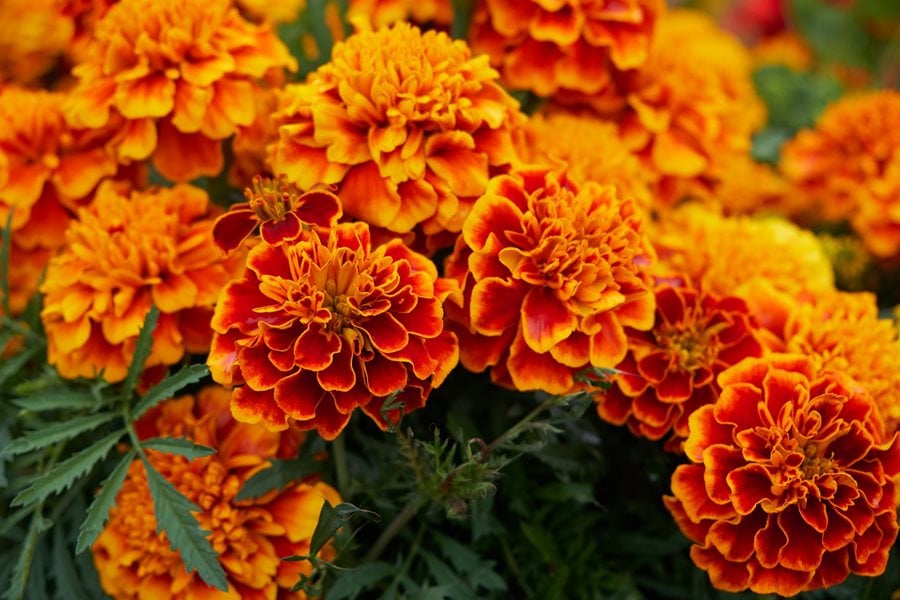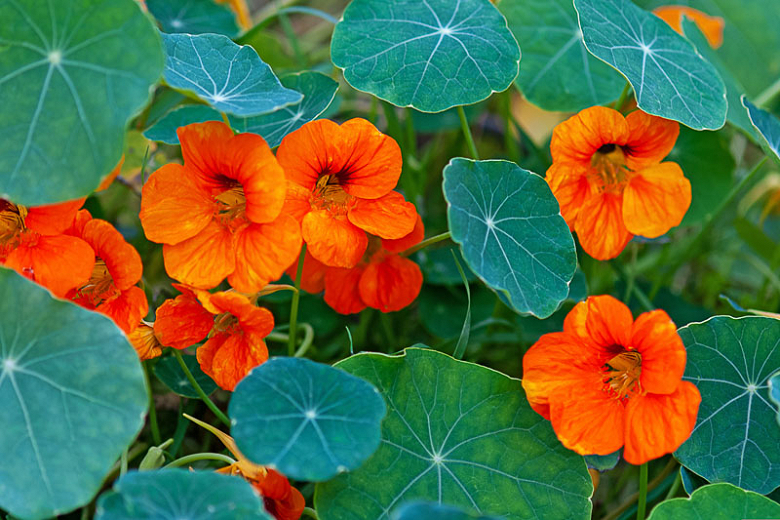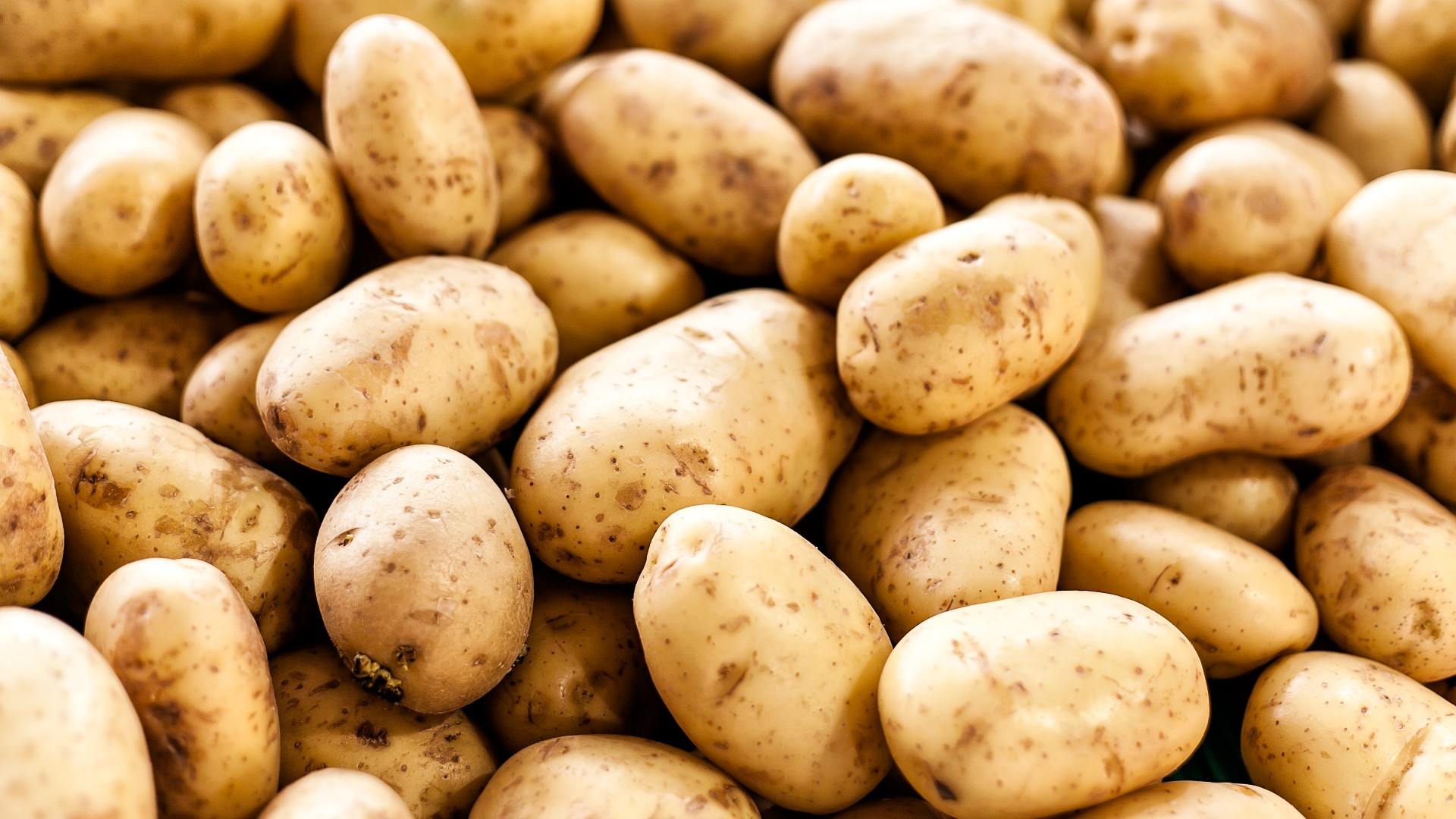Best Companion Plants For Blue Lake Bush Beans
Best Companion Plants for Blue Lake Bush Beans
Blue Lake bush beans are a popular variety of bean that is known for its delicious flavor and easy growing. They are also relatively pest-resistant, making them a good choice for beginner gardeners.
One way to improve the growth and yield of your Blue Lake bush beans is to plant them with companion plants. Companion planting is the practice of planting different types of plants together in order to create a mutually beneficial relationship. Some companion plants can help to deter pests, attract pollinators, or improve the soil quality.
Here are some of the best companion plants for Blue Lake bush beans:
- Basil: Basil is a well-known companion plant for beans. It helps to repel pests such as aphids and tomato hornworms. Basil also enhances the flavor of beans when the two plants are grown together.

- Carrots: Carrots and beans are both root vegetables that can be planted together. Carrots help to improve the drainage of the soil, which can benefit beans. Beans, in turn, can help to fix nitrogen in the soil, which is beneficial for carrots.

- Cucumbers: Cucumbers and beans can be planted together to help support each other. Cucumbers provide shade for beans, which can help to protect them from the sun. Beans, in turn, help to improve the soil quality for cucumbers.

- Marigolds: Marigolds are another popular companion plant for beans. They help to repel pests such as Mexican bean beetles and whiteflies. Marigolds also help to improve the soil quality by attracting beneficial insects.

- Nasturtiums: Nasturtiums are another good companion plant for beans. They help to repel pests such as aphids and Japanese beetles. Nasturtiums also attract beneficial insects, such as ladybugs and lacewings.

- Peas: Peas and beans are both legumes, which means that they fix nitrogen in the soil. Planting peas and beans together can help to improve the nitrogen content of the soil for both plants.

- Potatoes: Potatoes and beans can be planted together to help suppress weeds. The potato plants will help to shade the soil, which can prevent weeds from growing. The bean plants will help to improve the soil quality by fixing nitrogen.

- Spinach: Spinach and beans can be planted together to help improve the soil quality. Spinach helps to loosen the soil, which can benefit beans. Beans, in turn, help to fix nitrogen in the soil, which is beneficial for spinach.

When choosing companion plants for your Blue Lake bush beans, it is important to consider the growing conditions and the needs of both plants. For example, if you are planting in a sunny location, you will want to choose companion plants that can tolerate full sun. If you are planting in a shady location, you will want to choose companion plants that can tolerate partial shade.
You should also consider the size of the plants when choosing companion plants. For example, if you are planting Blue Lake bush beans, which are relatively tall plants, you will want to choose companion plants that are not too tall. This will help to prevent the companion plants from shading the bean plants.
With a little planning, you can use companion planting to improve the growth and yield of your Blue Lake bush beans. By planting them with the right companion plants, you can help to deter pests, attract pollinators, and improve the soil quality.
If you're growing blue lake bush beans in your garden, you may be wondering which companion plants are best for them. There are a number of plants that can benefit blue lake bush beans, including:
- Basil: Basil is a classic companion plant for beans, and it can help to repel pests such as aphids and mosquitoes. It can also improve the flavor of the beans.
- Carrots: Carrots help to suppress the growth of harmful soil nematodes, which can damage bean roots.
- Cucumbers: Cucumbers and beans can help to shade each other from the sun, which can help to prevent them from bolting (flowering too early).
- Marigolds: Marigolds are another great companion plant for beans, as they can help to repel pests such as Mexican bean beetles.
- Nasturtiums: Nasturtiums are not only beautiful flowers, but they can also help to deter pests such as aphids and whiteflies.
For more information about companion planting with blue lake bush beans, please visit Gardenia Inspiration.
FAQ of blue lake bush beans companion plants
- What are some good companion plants for blue lake bush beans?
Some good companion plants for blue lake bush beans include:
- Corn: Corn provides support for the beans to climb, and the beans fix nitrogen in the soil, which benefits the corn.
- Squash: Squash shades the soil around the beans, which helps to suppress weeds and retain moisture.
- Carrots: Carrots help to repel pests that can damage beans, such as aphids and beetles.
- Lettuce: Lettuce provides shade for the beans during hot weather, and the beans help to improve the soil structure for the lettuce.
- Cucumbers: Cucumbers and beans have similar growing requirements, and they can be planted together to save space in the garden.
- What are some plants that should not be planted near blue lake bush beans?
Some plants that should not be planted near blue lake bush beans include:
- Tomatoes: Tomatoes and beans compete for nutrients, so it is best to avoid planting them together.
- Potatoes: Potatoes can harbor diseases that can be harmful to beans.
- Peas: Peas and beans compete for nitrogen, so it is best to avoid planting them together.
- Melons: Melons and beans have different water requirements, so it is best to avoid planting them together.
- Cabbage: Cabbage can attract pests that can also damage beans.
- How far apart should blue lake bush beans be planted?
Blue lake bush beans should be planted 12-18 inches apart. This will give them enough space to grow and produce a good harvest.
- What are the best conditions for growing blue lake bush beans?
Blue lake bush beans need full sun and well-drained soil. They prefer a soil pH of 6.0-6.8.
- How often should blue lake bush beans be watered?
Blue lake bush beans need to be watered regularly, especially during hot, dry weather. They should be watered deeply, so that the water reaches the roots.
Post a Comment for " Best Companion Plants For Blue Lake Bush Beans"